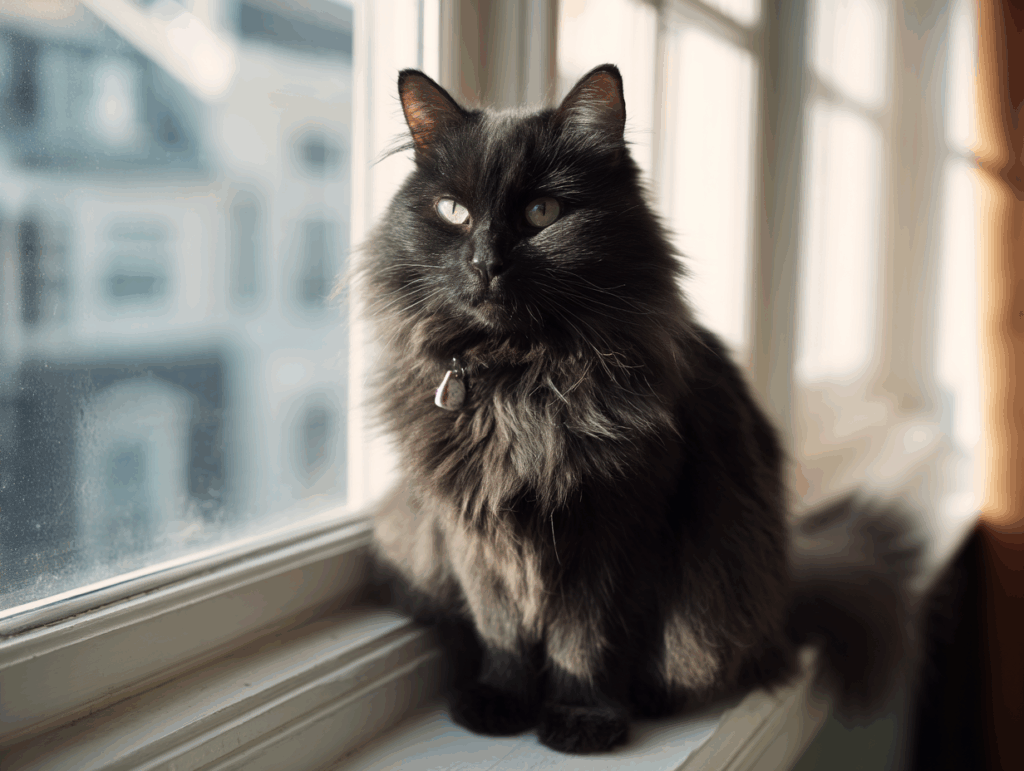
Black Ragdoll Cat Price: Cost, History, Genetics, and Availability
Black Ragdoll Cat Price
The average Black Ragdoll kitten price in the United States ranges between $1,800 and $5,000 depending on pedigree, health testing, and breeder reputation. Black Ragdolls are not part of the traditional CFA breed standard, which means their prices vary more widely. Some breeders sell black Ragdoll-type cats at lower prices as “pet only,” while others market them as rare or unique and charge a premium. Expect anywhere from $1,200 to $4,500 depending on registration, health guarantees, and availability.
Meet Your Soul Cat Today
Meet Your Soul Cat Today
Your perfect kitten is waiting to meet you. Visit Our Kitten Page to see current availability and join the waitlist for ragdoll kitten colors like cinnamon, seal point etc.
What “Black” Means in a Ragdoll
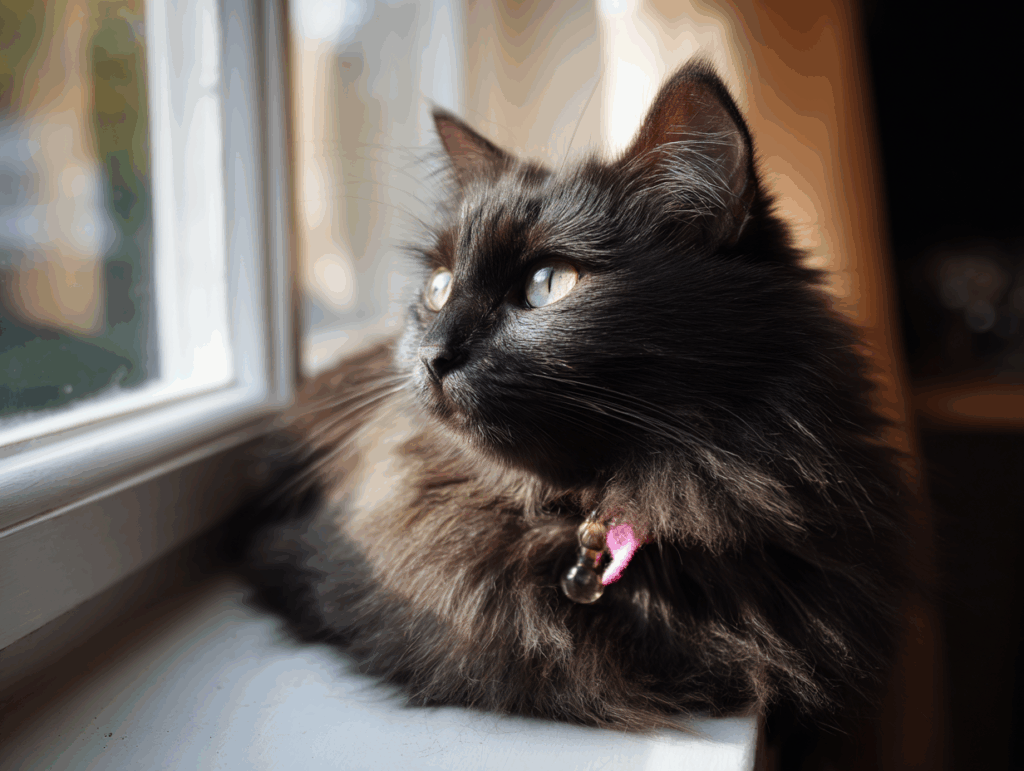
Traditional show Ragdolls are pointed cats, with lighter bodies and darker points and blue eyes, as outlined by both CFA and TICA (CFA breed page, CFA Ragdoll Standard PDF, TICA breed page).
A black Ragdoll is a solid coat cat with full-body pigment. Eye color can vary, since blue eyes are tied to the colorpoint gene. For a quick refresher on color terminology, see TICA’s “What color is my cat” and genetics blog. For coat color fundamentals and testing panels, see UC Davis VGL (coat color resource, coat color panel) and Shelter Cat Medicine (coat colors pdf).
A true black Ragdoll, however, has a solid coat color with no contrast points and often does not carry the Himalayan cs gene. Their eye color can vary — some may still be blue, but others may be gold or green, depending on lineage. For more details on coat color genetics, see International Cat Care’s coat color guide.
Are Black Ragdolls Accepted in Breed Standards?
- CFA (Cat Fanciers’ Association): Recognizes Ragdolls in pointed patterns only. Black solids are not accepted for show (CFA Ragdoll Standard).
- TICA (The International Cat Association): Registers Ragdolls in the standard pointed colors. Solid black cats may be recorded as variants. See TICA’s Ragdoll page.
- WCF (World Cat Federation): Maintains its own standards, generally mirroring traditional color acceptance (WCF Standards).
Bottom line: Black Ragdolls can be registered in some contexts but are not eligible for championship show under the main standards.
Where Black Ragdolls Are Most Common
You are most likely to find black Ragdolls in:
- Pet-focused programs that breed for companionship rather than the show ring.
- Smaller independent breeders working with non-traditional colors such as solid, mink, or sepia (Ragdoll Cats World).
- Regions with higher demand for unique cats, including North America and parts of Europe.
Because they are not show-standard, they are less common in pedigreed catteries that align closely with RFCI and traditional clubs.
How to Find a Black Ragdoll Kitten
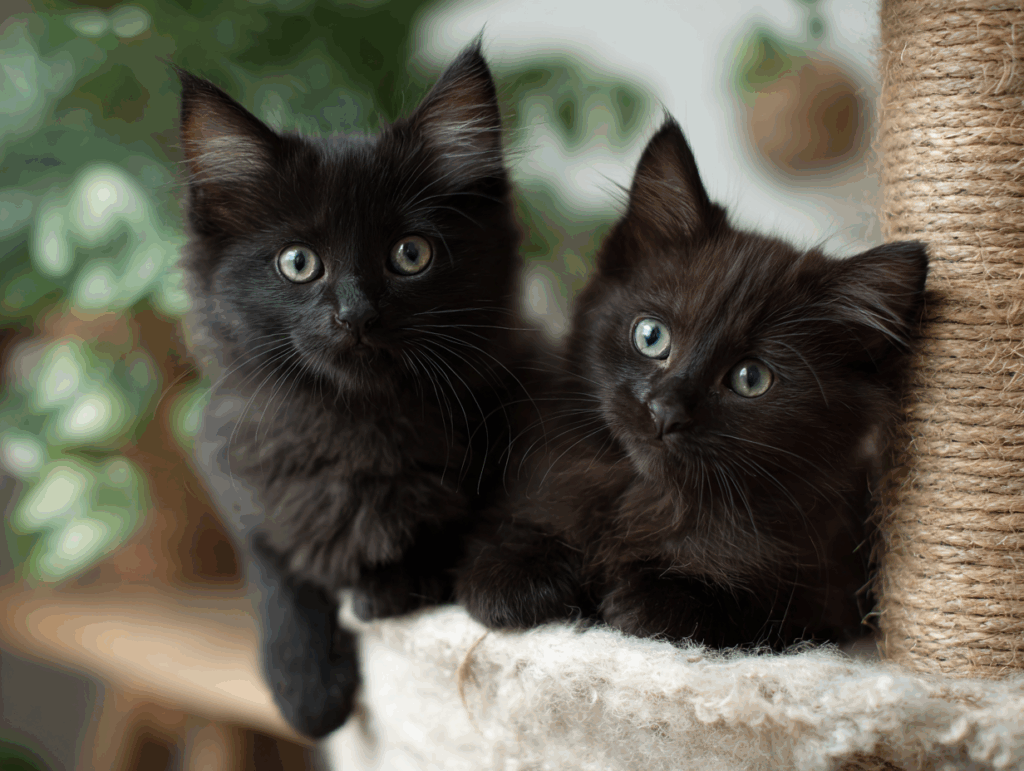
Start by deciding what matters most to you: pedigree paperwork, health testing, or simply the look and temperament. Because black is outside the traditional accepted Ragdoll Colors, many programs place these black ragdoll kittens as pets only. That is not a bad thing.
Focus on Black Ragdoll Cat breeders who publish parent health testing (HCM and PKD at minimum), clear reservation policies, and transparent contracts. Read multiple posts and FAQs on their sites to understand how they raise kittens, what’s included, and how they socialize.
Next, verify how the Black ragdoll kitten breeder represents color and registration. Ask whether the parents are traditional pointed Ragdolls producing a solid kitten without the cs gene, or whether the cattery works with non-traditional varieties like mink or sepia in parallel.
How To Reserve a Black Ragdoll Kitten
Finally, compare total value rather than price alone. A well run cattery will provide a written health guarantee, microchip, age-appropriate vaccines, and lifetime support. Ask about temperament goals and how they match families to kittens. If distance is an issue, request live videos of the kittens if you need proof it is not a scam.
If everything feels right, join the waitlist and be ready to place a deposit promptly. Black Ragdoll kittens appear less frequently than pointed colors, so the best placements go quickly.
Can I register my black Ragdoll Kitten?
Clarify how or if your black ragdoll kitten will be registered and what the paperwork will say. If color genetics matter to you, request the basic DNA panels that document coat color status and any health screening the breeder performs. A reputable program will be comfortable discussing results and limitations.
History of Black Ragdolls
The Ragdoll breed was founded in the 1960s in Riverside, California, by Ann Baker. She developed the cats from longhaired ancestors that carried the Himalayan pointed gene (cs), which creates the light body and dark points. This is why all the early Ragdolls were pointed with blue eyes. For more on this period, see the History of the Ragdoll Cat.
By the 1970s and 1980s, breeders in the U.S. and later Europe focused on maintaining the pointed look. Black cats were not part of this early foundation. However, by the 1990s, some matings introduced new genetic combinations. These created mink, sepia, and solid Ragdolls — including black coats.
Black Ragdolls appeared when cats lacked the double cs allele. Without two copies of the Himalayan gene, pigment covers the full body instead of just the points. This produced the striking solid black coat, often with green or gold eyes.
Two schools of thought formed:
- Traditionalists (often aligned with CFA and RFCI) maintain that only pointed blue-eyed cats are true Ragdolls.
- Expansionists (sometimes within TICA) include non-traditional colors like black and mink, arguing that type and temperament are equally important.
Today, black Ragdolls remain outside the show ring but are embraced by pet owners who love their luxurious coats and gentle personalities. Their story highlights how breeds balance tradition with change.
Genetics Behind Black Ragdolls
- Pointed vs Non-Pointed: Traditional Ragdolls carry cs/cs (pointed). Black Ragdolls do not, so pigment covers the entire coat (UC Davis VGL – Color Testing).
- Eye Color: Without cs/cs, blue eyes are not guaranteed. Many black Ragdolls have green or gold eyes (Cat Genetics – CFA).
- Temperament: Coat color does not affect temperament. Black Ragdolls share the same affectionate, calm nature as traditional ones (Vetstreet Ragdoll Profile).
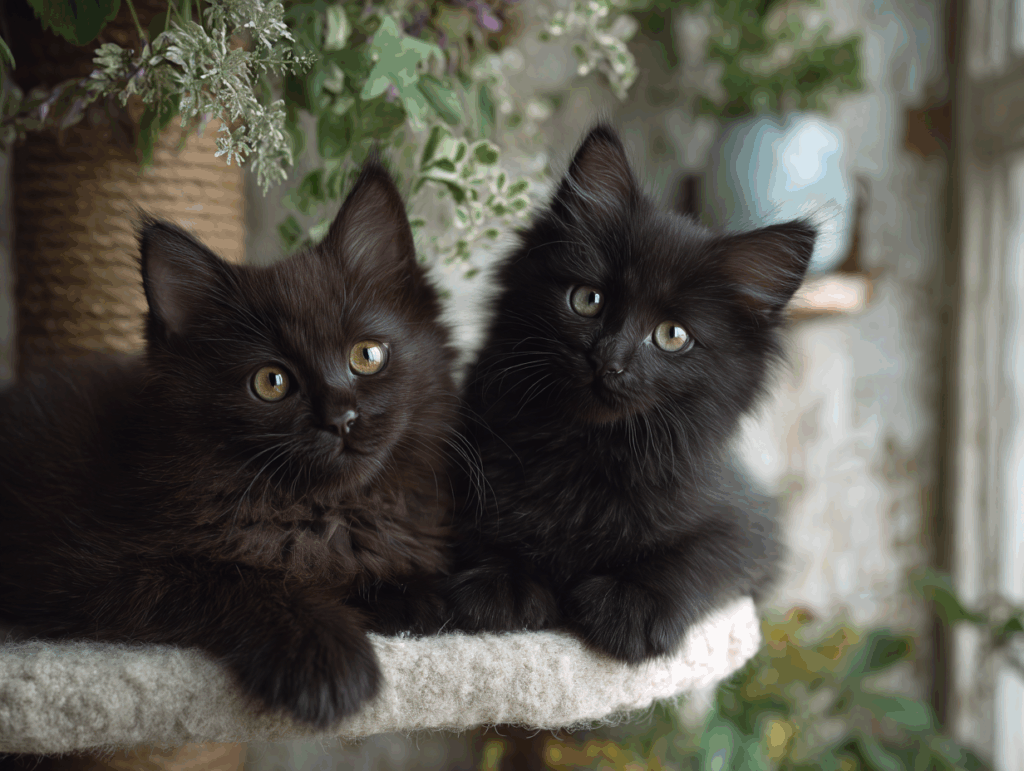
What Drives the Black Ragdoll Cat Price
- Registry Status: Since black is not an accepted show color, kittens are usually sold as pets only.
- Breeder Reputation: Established breeders with strong health testing (see UC Davis HCM Test) often price black kittens at the higher end.
- Market Demand: Unique looks can command higher prices where rarity is valued (Ragdoll Breed Club UK).
- Health Testing & Care: Always ask about HCM and PKD testing (PKD Test – UC Davis), microchipping, and vaccinations (AVMA – Cat Health).
Working Estimate Today: Expect $1,200–$4,500 for a black Ragdoll kitten, depending on breeder practices and location.
Buyer Checklist for Black Ragdoll Kitten Price
- Confirm whether the kitten is registered as a Ragdoll or variant (GCCF – Cat Registration).
- Ask for parent health testing, especially HCM and PKD.
- Understand that black Ragdolls are not championship show-eligible.
- Make sure your breeder follows ethical guidelines (see IRCA).
FAQs Black Ragdoll Cat Price
Are black Ragdolls purebred?
Yes, they can be purebred — but they are not recognized show colors in most registries.
Do black Ragdolls have blue eyes?
Not always. Many black Ragdolls have green or gold eyes due to the absence of the pointed gene.
Are black Ragdolls more affordable?
Often yes, since they are not show-eligible. But in some markets, rarity drives higher prices.
Do black Ragdolls act like traditional Ragdolls?
Yes. Temperament comes from the breed itself, not the coat color (The Happy Cat Site).
How Do I Know if My Rescue Cat Is a Black Ragdoll Cat
Begin with what you can observe. A black Ragdoll will have a semi-long, silky coat that drapes rather than poofs, a full plumed tail, a soft ruff, and rear “knickerbockers.” The body should be substantial with medium bone, a broad chest, and a long, rectangular silhouette. The head is a modified wedge with gentle contours, medium ears with rounded tips, and large, expressive eyes that are often green or gold in solid blacks. Most adults are heavier than typical domestic longhairs. Males commonly reach the mid-teens in pounds, while females are modestly smaller.
Temperament is the strongest clue. Ragdolls are noted for a calm, people-oriented nature, easy handling, and a tendency to follow their people from room to room. Many ride calmly in arms, flop into relaxed postures, and recover quickly after mild startle. While no single behavior proves breed, a cluster of these traits over time sets Ragdolls apart from look-alikes. Keep notes for a few weeks on how your cat greets guests, handles grooming, and settles during quiet time; patterns are more telling than a one-off moment.
Documentation is the only way to know for sure. Purebred status requires traceable pedigree papers from a registry. Microchip lookups, shelter intake notes, and prior vet records sometimes uncover a former cattery name. Consumer DNA breed tests can be interesting but are not definitive for registry status; treat them as suggestive rather than proof. If you cannot recover paperwork, the most accurate description is “Ragdoll-type” or “Ragdoll mix.” That label honors what you see and feel in the cat you love, without overstating what cannot be verified.
How to DNA Test a Rescue Cat for “Black Ragdoll” and Where to Get the Tests
Start by deciding what you want to learn. If your goal is breed-type probability, use a consumer breed + health test. Two reputable options are Wisdom Panel Complete for Cats and Basepaws Breed + Health. These use large reference panels to estimate ancestry and report health and trait markers. They cannot certify a pedigree, but they can tell you whether your cat’s genetics cluster with Ragdoll populations. Order online, swab your cat’s cheek at home, and mail the sample. Results typically include a percentage breakdown, health screens, and traits. Wisdom Panel+2Basepaws+2
If you want to verify color genetics tied to “black” versus “pointed,” add a laboratory trait panel that reports specific coat genes. The UC Davis Veterinary Genetics Laboratory (VGL) offers a Cat Coat Color Panel and a specific Colorpoint (cs) test. These will tell you whether your cat carries the cs colorpoint gene that makes traditional pointed Ragdolls look pale-bodied with dark points and blue eyes, and they report TYRP1 (B-locus) variants that distinguish black/seal from chocolate and cinnamon. These tests answer the “is my cat genetically solid black or pointed underneath” question directly. Veterinary Genetics Laboratory+2Veterinary Genetics Laboratory+2
Here is how to test your black cat for ragdoll DNA:
- Order a breed test for ancestry and traits: Wisdom Panel Complete for Cats or Basepaws Breed + Health.
- Wisdom Panel: wisdompanel.com/cat-dna-tests/complete-for-cats
- Basepaws: basepaws.com/products/basepaws-cat-dna-test
- Add a targeted lab test for color genes at UC Davis VGL.
- Coat Color Panel: vgl.ucdavis.edu/panel/cat-coat-color
- Colorpoint Restriction test (cs): vgl.ucdavis.edu/test/colorpoint-restriction
- Collect the sample using cheek swabs and follow each lab’s instructions. VGL provides a printable submission form and swabbing steps. Veterinary Genetics Laboratory+4Wisdom Panel+4Basepaws+4
How to interpret results in plain language. A consumer breed report that shows a meaningful Ragdoll signal supports “Ragdoll-type,” but it is not proof of registry status. Only pedigree papers prove that. A VGL coat color report that shows no cs plus a B-locus consistent with black confirms that your cat is genetically a solid black rather than a pointed cat in disguise. If you somehow locate the biological parents, VGL also offers parentage testing, but it requires samples from those cats, so it is rarely practical for rescues. For most families, combining a breed-type test with a color genetics panel gives the clearest picture you can get without papers. Veterinary Genetics Laboratory+3Veterinary Genetics Laboratory+3Veterinary Genetics Laboratory+3
Quick note: Some services are dog-only. For example, Embark does not currently test cats, so stick with Wisdom Panel, Basepaws, or VGL for feline testing. Embark
Keep Exploring Ragdoll Cats
Still curious about this wonderful breed? Dive into more guides written just for you:
- Are Ragdoll Cats Hypoallergenic?
- When Do Ragdoll Cats Stop Growing?
- How Much Does a Ragdoll Kitten Cost?
- How to Choose the Right Ragdoll Kitten
- Ragdoll Cat Colors Explained
- Cinnamon Ragdoll Kitten Price
Each post will help you understand Ragdolls better and prepare for life with your future kitten.
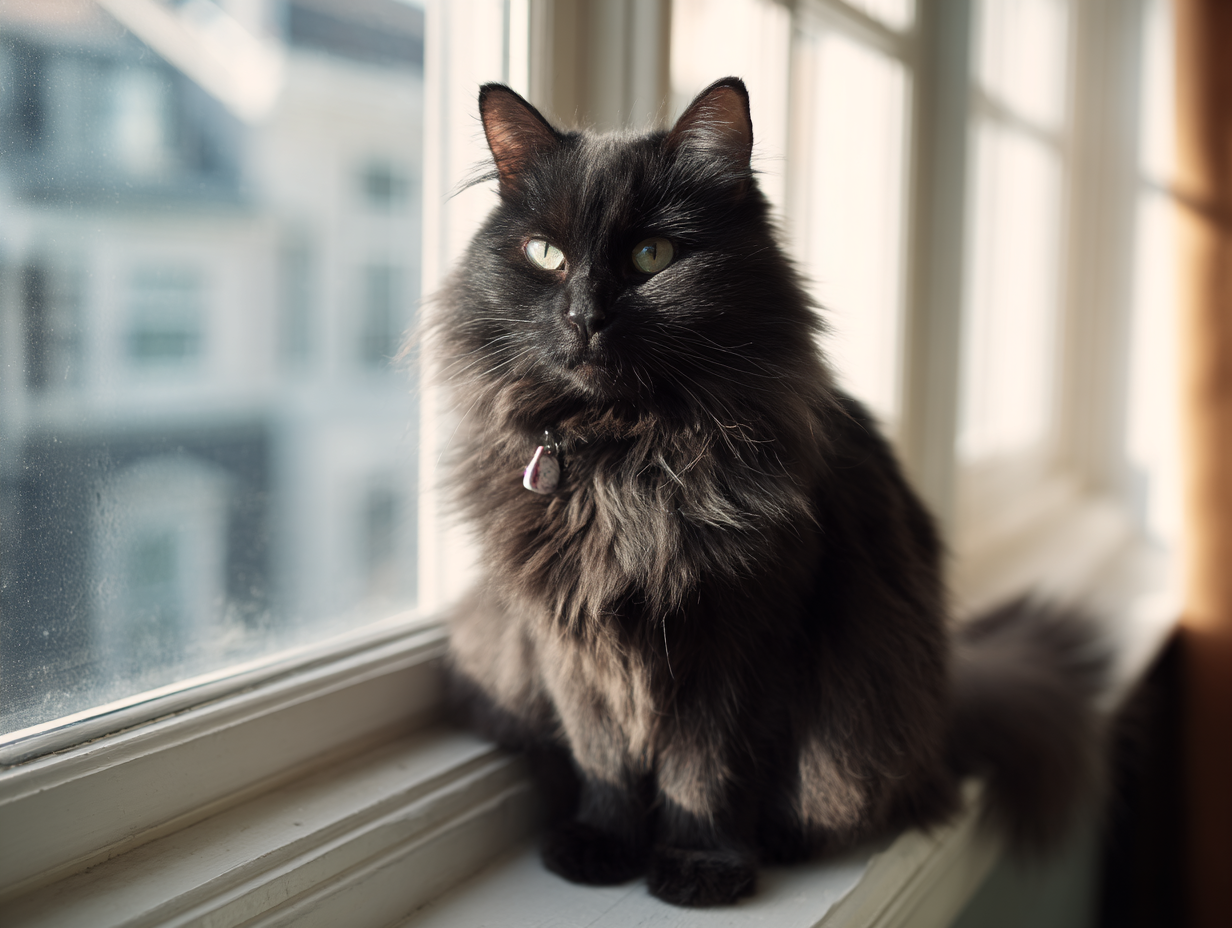
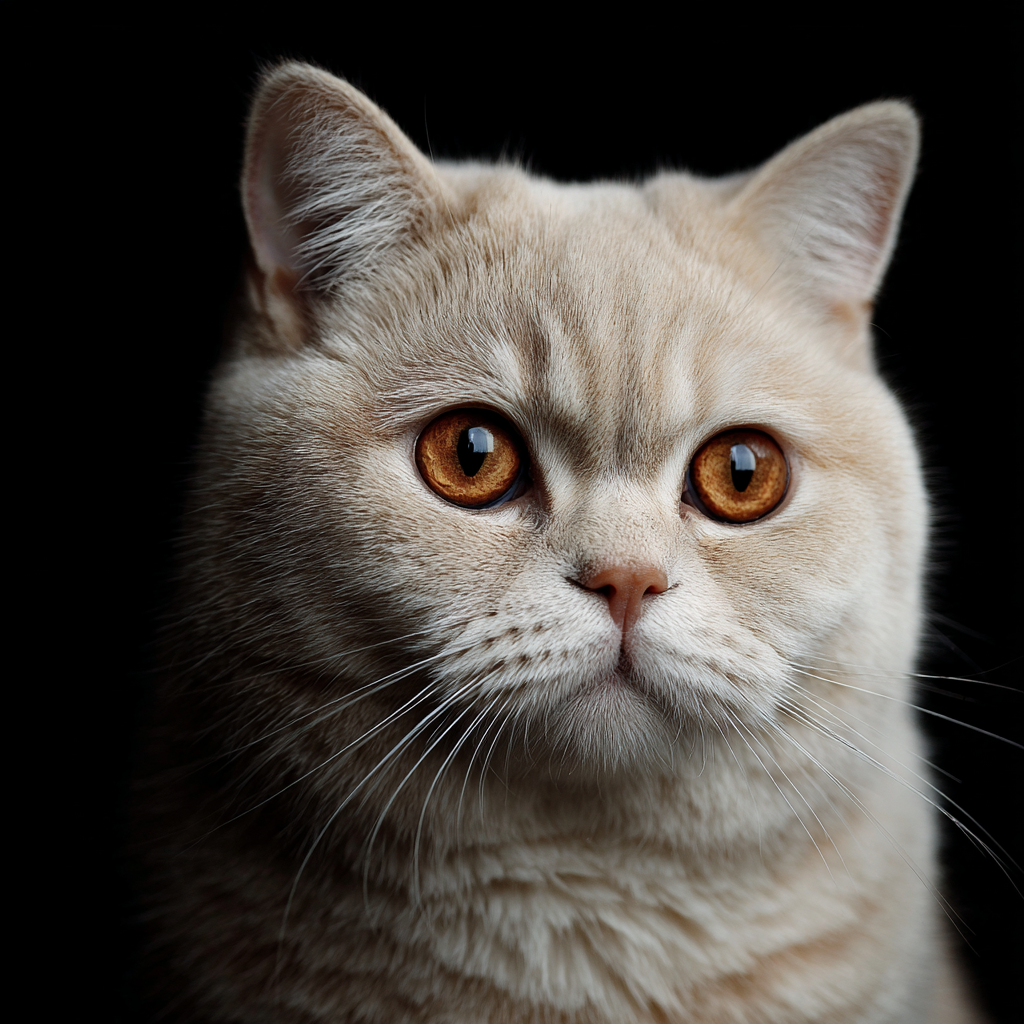
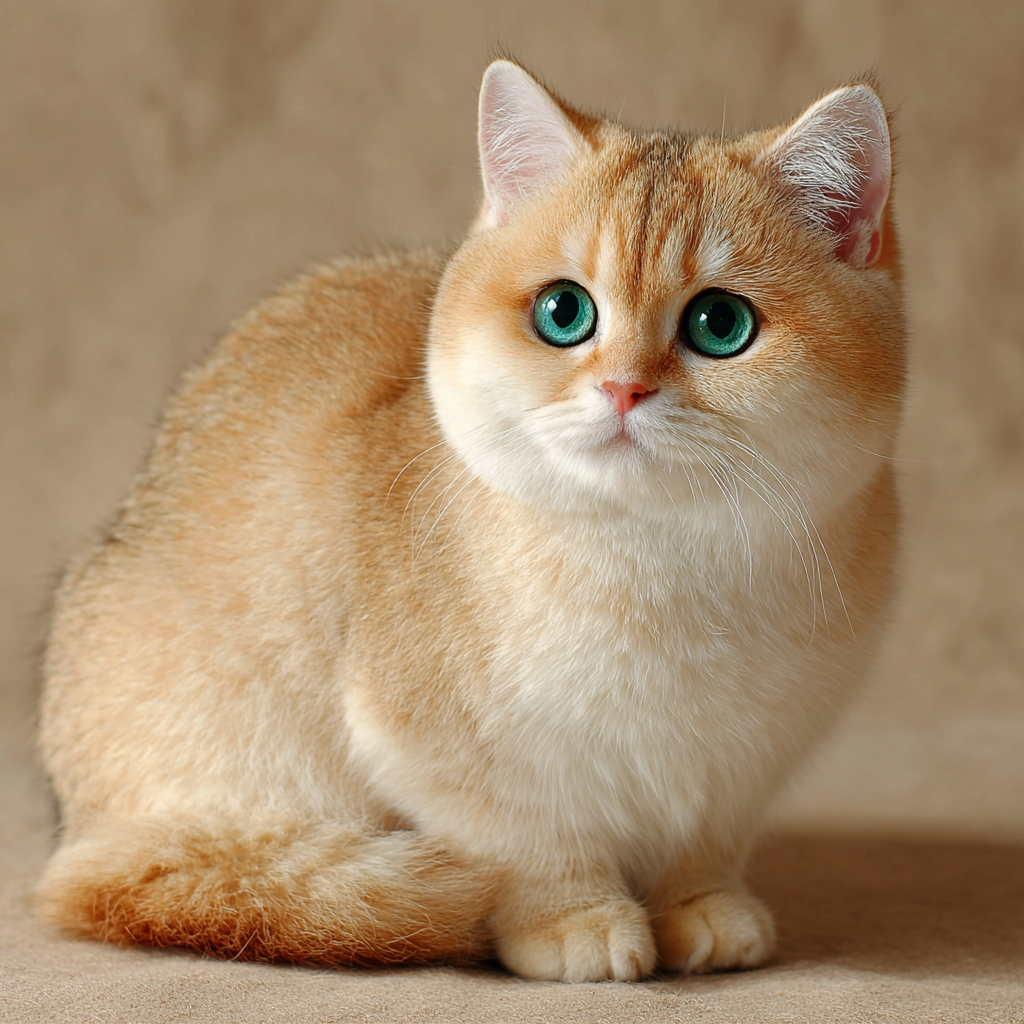
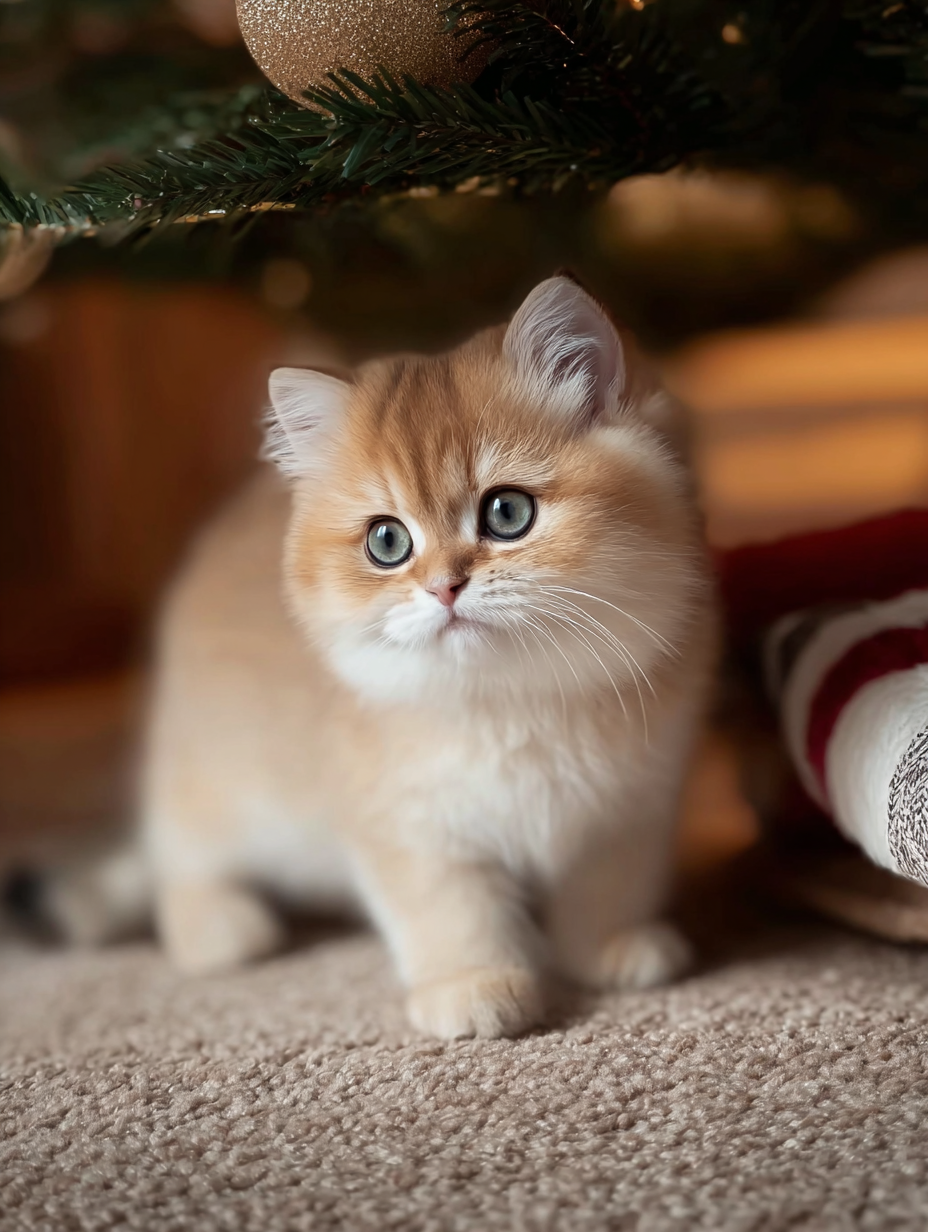
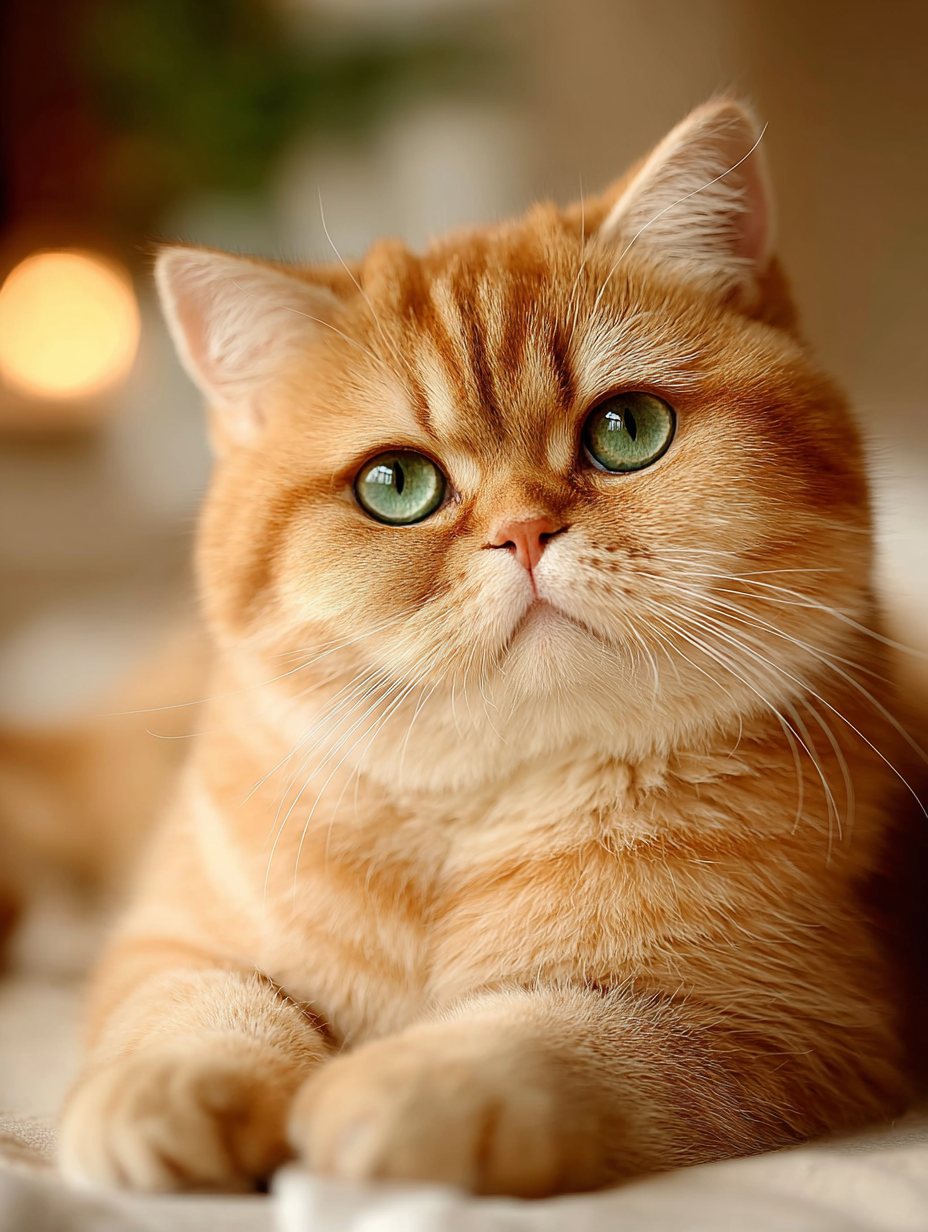
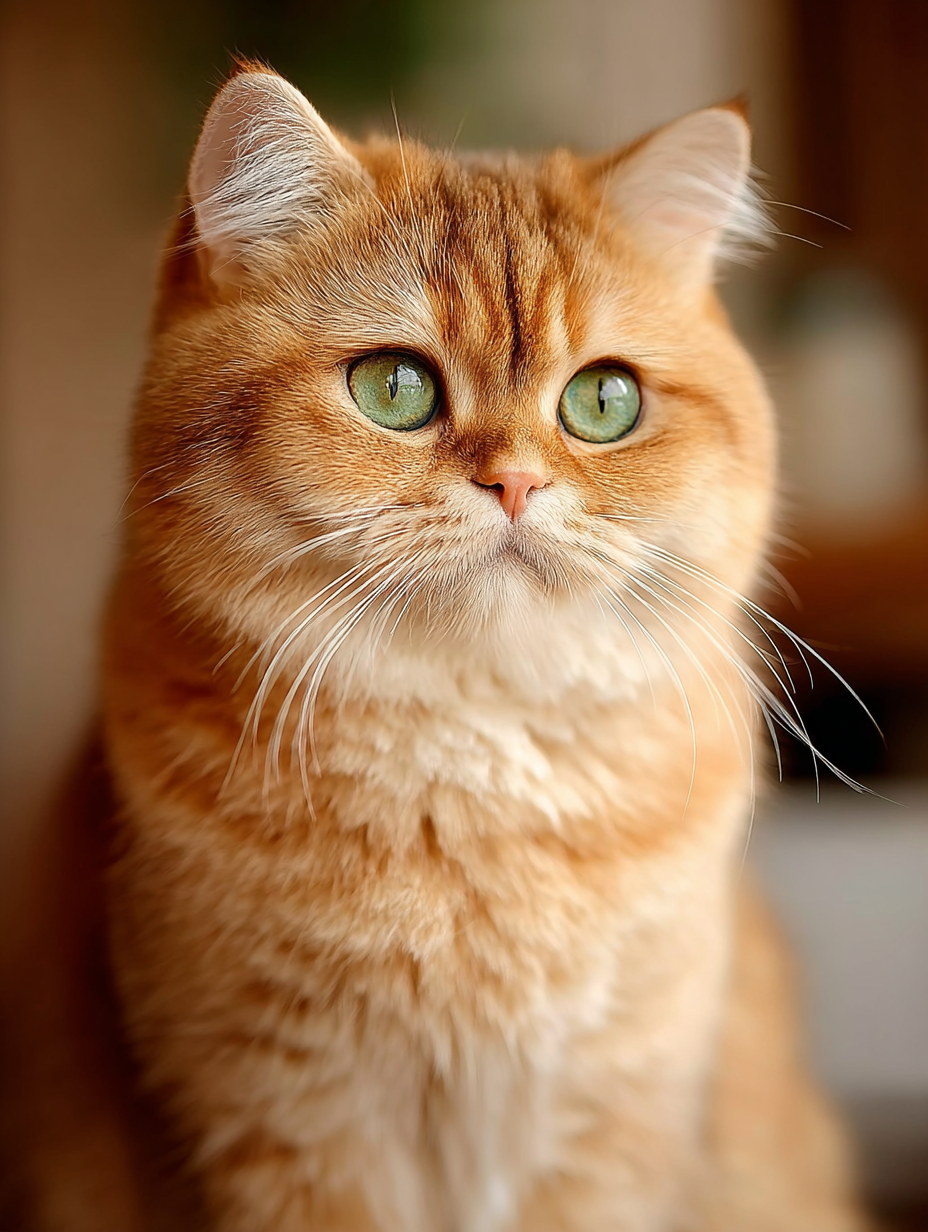
Read the Comments +